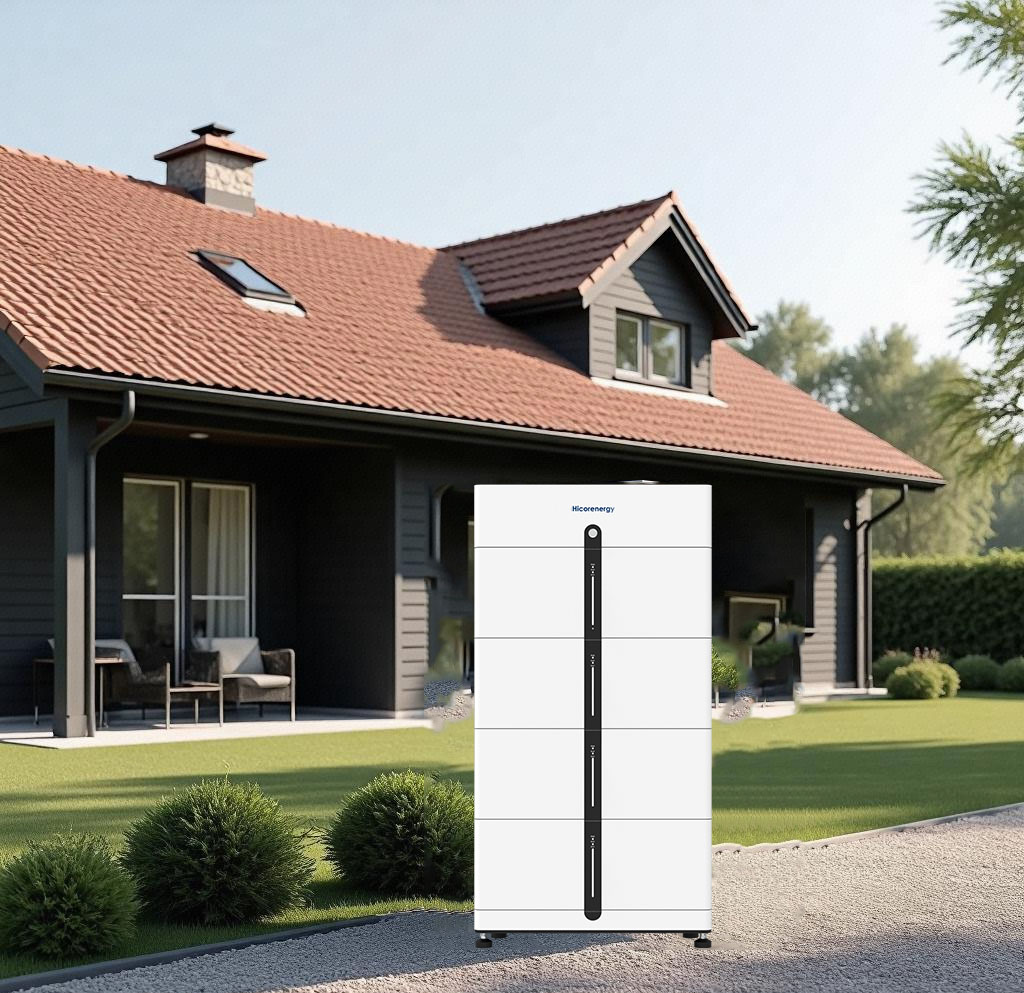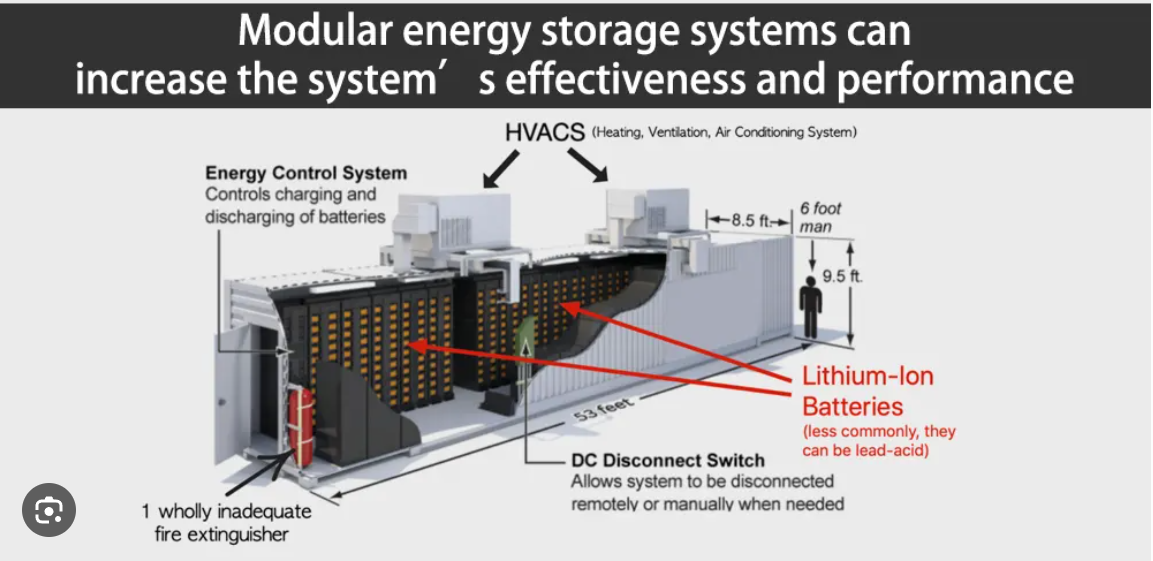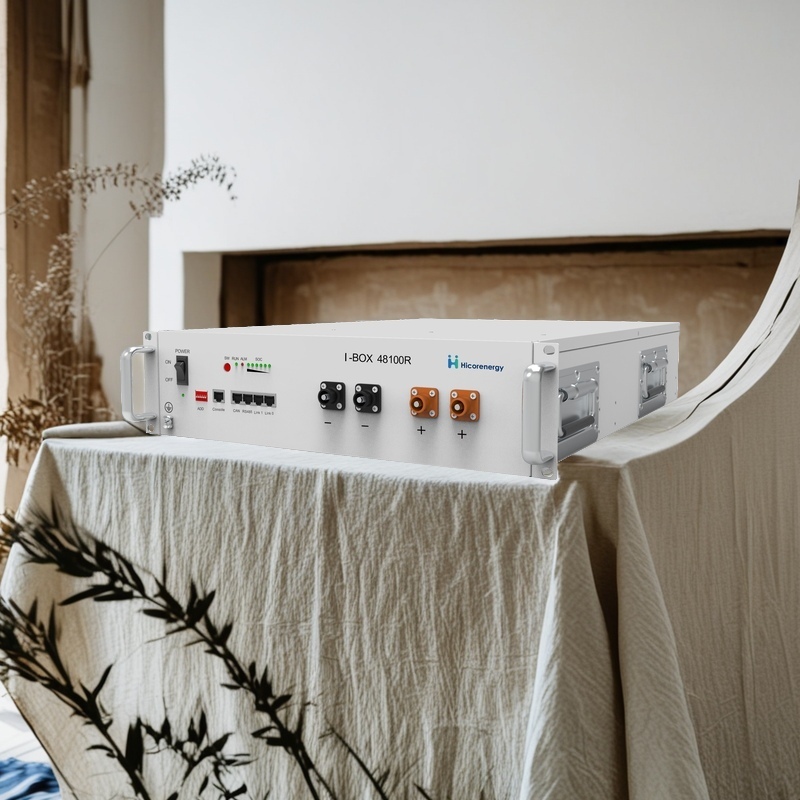As global energy demands rise and the push toward clean energy accelerates, homeowners and businesses alike are turning to smarter, more flexible storage solutions. In 2025, modular energy storage systems are leading the charge—offering scalable, efficient, and future-ready power backup options. Among the top contenders in this space are Hicorenergy’s I-BOX 48100R and Si LV1, two systems that exemplify the performance and adaptability needed in today’s dynamic energy landscape.

Modular energy storage systems in 2025 offer scalable, cost-efficient energy backup for homes and businesses. Hicorenergy’s advanced modular designs, such as the Si Station Series, ensure flexible capacity, solar compatibility, and sustainable performance across various power demands.
Modern power systems are no longer just about capacity—they must be smart, green, and adaptable. Modular battery backup systems allow energy users to build out infrastructure based on exact load requirements while staying compatible with future upgrades like solar panels, smart grid integration, and renewable energy mandates. Modular systems represent a leap forward in power saving and green energy application.
Don’t miss out—keep reading to discover how to choose, compare, and benefit from these systems in 2025.
Table of Contents
What Is a Modular Energy Storage System and How Does It Work?
A modular energy storage system is a type of battery pack solution that allows multiple energy units to be connected in series or parallel, offering customizable capacity and output. These systems are designed to adapt to different applications—residential, commercial, or industrial—without the need to overhaul the entire infrastructure.
For example, Hicorenergy’s I-BOX 48100R is a rack-mounted LiFePO4 battery with a modular design. Each unit offers 4.8 kWh of usable energy, and up to 15 units can be stacked to reach 72 kWh. Similarly, the Si LV1 modular system provides seamless integration for both off-grid and on-grid setups, making it an ideal choice for smart homes and small businesses alike.
These systems work by storing electric power during low-demand periods or when solar energy is abundant. When demand spikes or the grid goes down, they release that stored energy, ensuring a steady, uninterrupted supply.

Why Are Modular Systems the Future of Clean Energy Storage?
The push toward clean energy, renewable power, and sustainability is reshaping the energy industry—and modular systems fit perfectly into this vision.
Unlike traditional energy storage units, modular battery systems like Hicorenergy’s Si LV1 and I-BOX 48100R can grow alongside a user’s needs. Whether you’re starting with a basic 10 kWh setup for your home or building out a 100 kWh system for a small business, modularity ensures you’re never paying for more than you use—and you’re always ready to scale.
Additionally, modular systems are optimized for energy saving by integrating easily with solar inverters, smart meters, and home energy management systems (HEMS). This helps reduce dependency on the grid, enabling more efficient use of green energy and reducing carbon emissions.
How Do You Choose the Right Modular Energy Storage System for Your Needs?
Choosing the best system depends on several key factors:
- Energy demand: Estimate your average and peak electricity use. For homes, 10–20 kWh is often sufficient. Businesses may need 50 kWh or more.
- Scalability: Look for systems like I-BOX 48100R, which allows up to 15 modules, and Si LV1, which supports stacking and expansion.
- Compatibility: Ensure the battery is compatible with your inverter and solar panel system.
- Cycle life: Higher cycle life (6000+ cycles) ensures longer system durability.
- Safety: Choose LiFePO4 chemistry, which offers stable performance and thermal safety.

Both of Hicorenergy’s flagship models meet these criteria. The Si LV1 modular system is ideal for both residential and light commercial use, offering BMS protection, remote monitoring, and quick installation. The I-BOX 48100R, with its rack-mounted flexibility and deep cycling ability, is perfect for users anticipating expansion.
Top Modular Energy Storage Products in 2025: Which Ones Stand Out?
Here are some of the best modular energy storage systems in 2025:
✅ Hicorenergy I-BOX 48100R
- Modular design up to 15 units (72 kWh total)
- LiFePO4 chemistry for safety and longevity
- Compact, rack-mounted form factor
- Ideal for residential and commercial use
✅ Hicorenergy Si LV1
- Fully scalable system with low-voltage architecture
- Smart monitoring and BMS
- Excellent for solar energy integration
- Supports both off-grid and grid-tied systems
Other notable mentions (for context, not endorsement) include:
- Tesla Powerwall 3 (limited scalability)
- LG RESU FLEX (high price point)
- BYD Battery-Box Premium (industrial-scale setups)
However, when it comes to flexibility, cost-efficiency, and solar-readiness, Hicorenergy’s I-BOX and Si LV1 consistently outperform competitors in the modular storage space.

Are Modular Energy Storage Systems Compatible with Solar Panels and Smart Grids?
Yes—and this is one of their biggest advantages.
Modular energy storage systems are designed to integrate seamlessly with solar power systems, enabling users to store excess renewable energy during the day and use it during high-demand evening hours. This process, called load shifting, helps reduce reliance on utility electricity and cuts energy bills.
Both the I-BOX 48100R and Si LV1 support solar inverter compatibility, making them ideal partners for hybrid and off-grid solar applications. They also include smart grid readiness, allowing future upgrades to energy management software and IoT-based control.
This compatibility ensures long-term investment value while supporting new energy policies, green power adoption, and power saving goals across sectors.
Summary
Modular energy storage systems like Hicorenergy’s I-BOX 48100R and Si LV1 offer the scalable, smart, and sustainable solution homes and businesses need in 2025.
Contact us today to find the ideal modular energy system for your power goals.
-4-2048x617.png)
-scaled.png)
